First Class Delivery–The Bullpen Cart
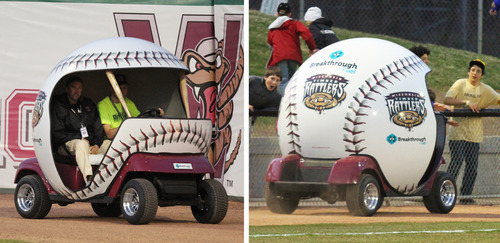
May 20, 2013-
Appleton, Wisconsin—
I grew up watching baseball relief pitchers of the 1960s like Don Mossi and Hoyt Wilhelm.
These guys looked so old I figured that was why the bullpen cart was invented.
Even should-be Hall of Famer Lee Smith trudged in the mound for the 1984 Cubs like he was heading for a tax audit. The Bullpen Cart— or Car —has its roots in Chicago.
The cart debuted in 1951 at Comiskey Park when White Sox relief pitcher Marv Rotblatt was chauffeured to the mound. The cart was only used for White Sox pitchers.
After consulting with White Sox pitcher Billy Pierce, White Sox team historian Jeff Szynal said that Yankees manager Casey Stengel soon commissioned a sharp black Cadillac from a South Side funeral home for his pitchers. He did not want to be shown up by the White Sox. Szynal said White Sox GM “Frantic” Frank Lane came up with the bullpen cart idea.
Baseball needs more of this today.
The White Sox pulled the plug on bullpen transportation in 1981 when the team used a Chrysler LeBaron as the cart. The players didn’t like the LeBaron and neither did the fueled up Sox fans.
The LeBaron was pelted with full cups of beer as it tooled around the field, mostly without a pitcher as a passenger. The Bullpen Cart rode off into the sunset around 1986. After the New York Mets clinched the 1986 division title, fans streamed on the Shea Stadium field while a vendor bogarted the Mets’ bullpen cart for a joy ride around the outfield.
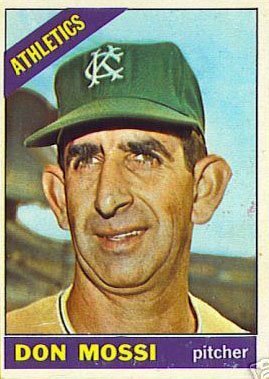
From the author’s ugly card archives
Now, Rob Zerjav, President-GM of the Wisconsin Timber Rattlers has made an important save.
He brought back the Bullpen Cart.
I actually drove to Fox Cities Stadium in Appleton, Wis. to see the cart in action.
The cart was made by Colorado-based CaddyWorks. It is an EZ-Go Golf Cart retrofitted with a sphere baseball fiberglass body. The cart is about six feet tall and weighs nearly 1,000 pounds.
Tim Hall is owner/investor of CaddyWorks. He designed and built the electric cart.
“The source for my design does stem from the ‘70s bull pen car but was arrived at through a chain of steps and tries,” Hall wrote in an e-Mail. “These are hand built to order and we want it this way to keep with the tradition of work ethic and good foundation. I have wanted to build a modern version of the ‘70s design and while there is interest , I think most teams don’t want the expense. But I will replicate it in time if only a monument to it’s uniqueness.”
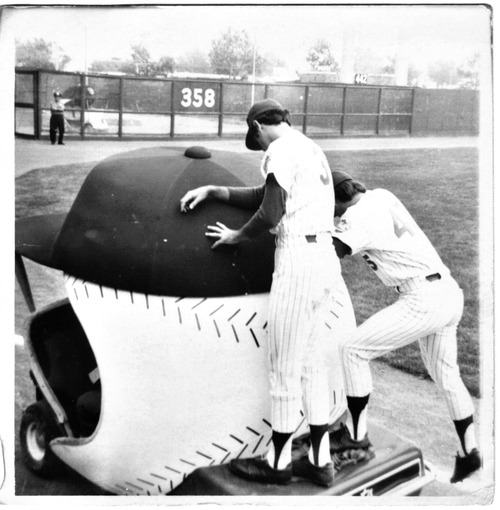
Mets cart out of gas, circa 1970s
Trouble is that only one player has been interested in riding in the Wisconsin bullpen cart.
That is Timber Rattlers relief pitcher Taylor Magnum.
“It was fun and I enjoyed it,” Magnum said in a phone interview. “I knew a long time ago in the ‘50s and ‘60s they used that to bring in pitchers. Nobody else had done it yet so I decided to be first.”
The cart without a pitcher still circles the warning track every time a relief pitcher from either team is announced at Fox Cities Stadium. When a player does use the cart they are dropped off by a dugout. The cart is sponsored by Breakthrough Fuel in Appleton.
“Once we started this, we’ve had a lot of interest,” Zerjav said before the Timber Rattlers (Brewers) beat Burlington (Los Angeles Angels) 4-2. I got a call from the Washington Nationals asking where we got our cart.”
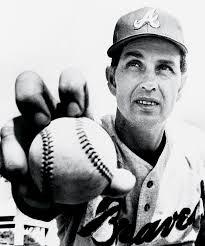
Hoyt Wilhelm knuckleballer
Magnum, 24, doesn’t think the cart does much to save his legs. “It’s only 75 yards from the bullpen to the mound so I don’t think it saves anything,” he said. “It’s just something more for the fans. Actually one of our other pitchers rode in it yesterday so I’m not the only guy anymore. I don’t know why more guys don’t ride it. I’ve asked them. They want to run in like they always have. Maybe it’s a mental thing.
“I’ll ride in it again, for sure. Where the bars are usually in front of a golf cart, they put bats there. It’s awesome.”
Magnum has a moving pedigree.
He is the third oldest player on the Timber Rattlers. After his freshman year at the College of Southern Idaho, he took off August, 2008-August, 2010 to serve on a The Church of Jesus Christ of Latter-day Saints mission near Lubbock, Tx. “It was a thing I wanted to do most of my life,” he explained. “I learned a lot about the people in Texas, other religions and my own faith. You have to devote a lot of your time and energy. You don’t see your family.
A couple years ago Zerjav read an ESPN magazine article about the demise of the bullpen cart, although the publication called it a “car.” But most of the carts used golf carts as a template.
“That was intriguing to us,” he said. “We had relocated our bullpen to the outfield. We thought it was a good sponsorship opportunity and fun for the fans.”
Zerjav, 38, grew up in Green Bay and remembered the Harley-Davidson motorcycles with the sidecar the Brewers used in the mid-1990s at County Stadium.
“The Brewers still have a bullpen cart in storage,” Zerjav said. “Every time I go down there and go through their storage stuff, I go, ‘Hey, do you want to get rid of your bullpen cart?’ but they never want to part with it. So we saw there was this company that made them. It gives you that feel of ‘Major League’, the movie, when Tom Berenger takes the cart to go to Rene Russo’s house. That’s always been in my mind. We thought it would be neat to bring it back.”
The Timber Rattlers cart tops out around 18 mph.
It does not have a seat belt.
“It can go pretty fast,” Zerjav said with a smile. “The guys that drive it are on our parking crew. They park cars before the game and come in and do the bullpen cart. To me, they go a little too fast, we need to tell them to tone it down.
“We don’t keep the keys in it. I think they’d (pitchers) rather take it for a ride than ride in it. Once a pitcher comes in on it and has some success that’s going to become his ritual. We’ll do this again next year. Breakthrough Fuel signed a three-year partnership. It is here to stay.”
Or go.

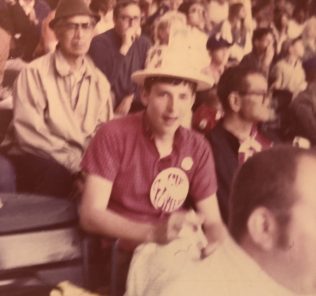
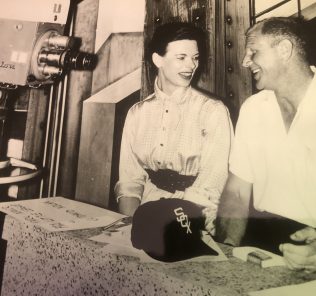

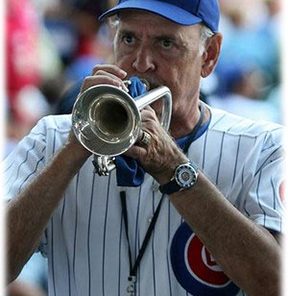
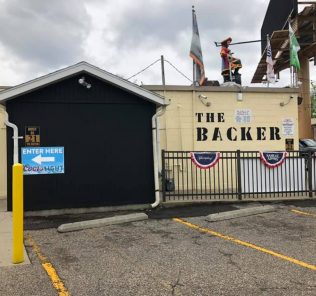
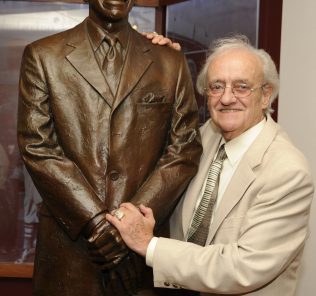

Leave a Response